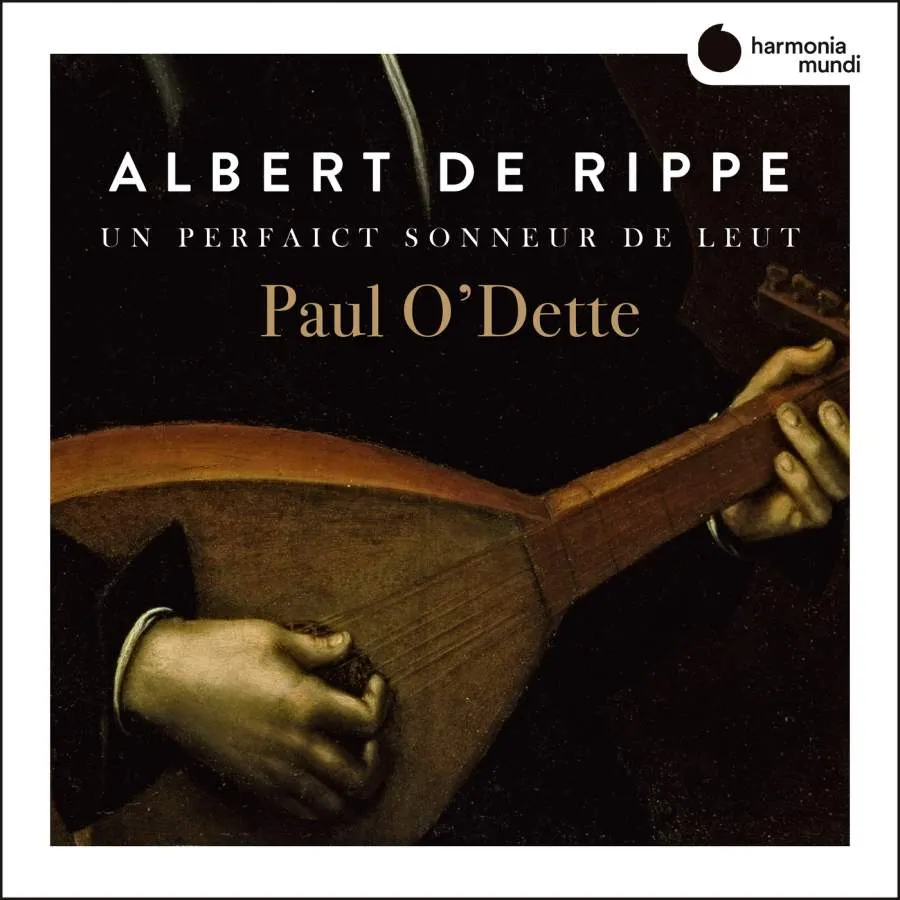
Rippe Fantasias and intabulations of vocal pieces and dances Paul O’Dette (lute) Harmonia Mundi HMM 902275 75:56 mins
Court lutenist of François I in the first half of the 16th century, Albert de Rippe was a musical innovator and hugely renowned in his lifetime. Before he died – kidney stones, we are told – in 1551, his supreme skill had acquired him land, wealth and an apparent total artistic control over his output, resulting in only three works being published in his lifetime. The remainder, filling six books, were published posthumously by his student Guillaume Morlaye.
A selection of these complex, ornamented and virtuosic works, from his intricate and rich Fantasias to his popular intabulations of vocal pieces – you can hear the choral effect in his innovative multi-stranded chords – are presented here by American lutenist Paul O’Dette, who makes abundant sense of de Rippe’s complexities. Interspersed, and lightening the mood somewhat, are a number of pavanes and galliards by anonymous ‘bons Autheurs’; de Rippe (I paraphrase O’Dette here) had a bit of a blind spot when it came to composing high-quality dance music.
This is a fascinating, well-structured interweaving overview of de Rippe’s musical world, immaculately played by the expressive O’Dette, from the evocative L’Eccho, in which the lutenist ‘echoes’ him/herself by switching position on the fingerboard to produce a sound akin to an offstage echo, to the anonymous, touching Pavane from Morlaye’s Premier Livre de Tabulature de Leut. These are the works which really sing, and O’Dette brings this same moving, introspective quality to the Fantaisie II, the scordatura tuning giving it its unusual chordal tonalities, while the clarity of sound is throughout matched by that of the recording.
Sarah Urwin Jones